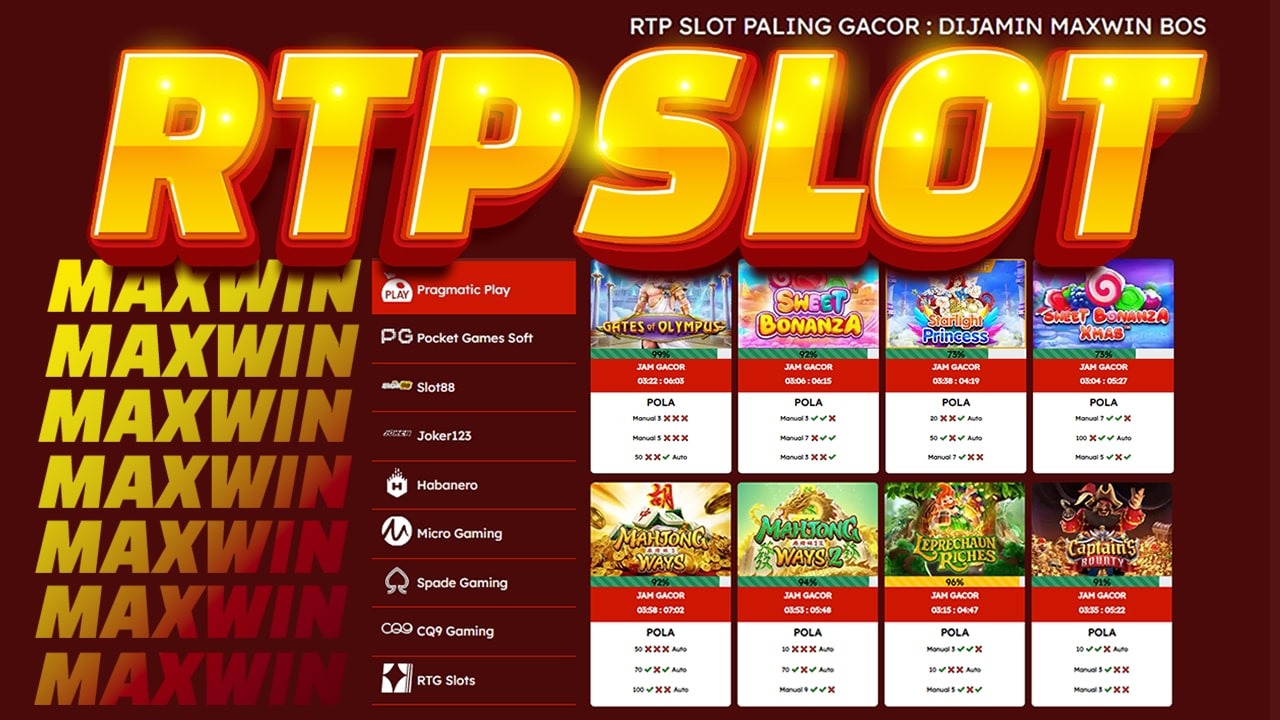The UK’s Making Tax Digital (MTD) initiative is transforming the way businesses and individuals handle their tax obligations. Aimed at simplifying tax processes and improving accuracy, MTD is designed to make it easier for taxpayers to keep on top of their financial records and file returns online. However, with the initiative impacting millions of taxpayers, it’s crucial to understand exactly what MTD involves, who it affects, and how to ensure compliance.
In this blog, we’ll cover everything you need to know about Making Tax Digital, including key deadlines, how it works, and how businesses can adapt to these changes.
1. What is Making Tax Digital (MTD)?
Making Tax Digital is a government initiative that aims to modernize the UK’s tax system by requiring taxpayers to maintain digital records and file their tax returns through MTD-compatible software. The goal is to reduce errors, streamline tax reporting, and make the tax process more efficient for businesses and individuals alike.
With MTD, HM Revenue & Customs (HMRC) moves away from the traditional manual methods of managing taxes, encouraging a more automated, accurate, and timely approach.
2. Who Does MTD Affect?
MTD primarily targets businesses and individuals who are VAT-registered or have taxable income above certain thresholds. The initiative is being rolled out in phases:
- VAT-Registered Businesses (MTD for VAT): All VAT-registered businesses with a taxable turnover above £85,000 must keep digital records and submit their VAT returns through MTD-compatible software. As of April 2022, this requirement extended to all VAT-registered businesses, regardless of turnover.
- Income Tax Self Assessment (MTD for Income Tax): The next phase of MTD will affect self-employed individuals and landlords with business or property income over £50,000. They will be required to keep digital records and use MTD-compatible software to submit income tax updates from April 2026. For those with an income of £30,000 or more, this will apply from April 2027.
- Corporation Tax (MTD for Corporation Tax): While MTD for Corporation Tax is expected to roll out in the future, there’s no set timeline yet. It’s anticipated that the earliest start date for MTD for Corporation Tax will be 2026, following a period of consultation.
3. Key Deadlines for MTD
- April 2019: Making Tax Digital for VAT becomes mandatory for VAT-registered businesses with a turnover above £85,000.
- April 2022: All VAT-registered businesses, regardless of turnover, must comply with MTD for VAT.
- April 2026: MTD for Income Tax Self Assessment (ITSA) becomes mandatory for self-employed individuals and landlords with income over £50,000.
- April 2027: MTD for ITSA extends to those with business or property income over £30,000.
4. How Does MTD Work?
The MTD initiative centers around the requirement to keep digital records and file tax returns using compatible software. Here’s how it works in practice:
- Digital Record-Keeping: Businesses and individuals must maintain digital records of their transactions, such as income and expenses. These records must be stored in an MTD-compatible format.
- MTD-Compatible Software: Taxpayers need to use MTD-compatible software to submit their VAT or income tax returns. This software links directly to HMRC, allowing for real-time updates and submissions.
- Quarterly Reporting: MTD requires businesses and individuals to send summary updates of their income and expenses to HMRC every quarter, rather than filing an annual return. This provides more frequent oversight and helps reduce the risk of errors or miscalculations.
- Year-End Finalization: At the end of the tax year, businesses or individuals must finalize their accounts and confirm the details submitted in quarterly updates through an end-of-year process. This is similar to the current system but ensures that the data submitted throughout the year is accurate.
5. Benefits of Making Tax Digital
MTD offers several advantages for businesses and individuals, including:
- Improved Accuracy: By maintaining digital records and using automated software, MTD reduces the risk of human error and miscalculations in tax filings.
- Streamlined Processes: The switch to digital systems simplifies tax administration, allowing businesses to spend less time on paperwork and manual data entry.
- Real-Time Insights: MTD-compatible software provides real-time financial data, allowing businesses to have a better understanding of their tax obligations and cash flow throughout the year.
- Easier Compliance: The quarterly reporting system helps businesses stay up-to-date with their tax responsibilities, reducing the likelihood of late filings or penalties.
6. Challenges of Making Tax Digital
Despite its benefits, there are some challenges associated with Making Tax Digital:
- Transitioning to Digital: For some businesses, particularly smaller companies or those with less tech-savvy staff, transitioning from traditional paper records to digital systems can be a significant hurdle. It requires investment in new software and potentially training for employees.
- Software Costs: While some MTD-compatible software options are free, others can come with subscription fees or require additional costs for added functionality. Businesses need to budget for these ongoing expenses.
- Quarterly Reporting Burden: Although quarterly updates are meant to simplify the process, they do add an additional reporting requirement. Some businesses may find it challenging to keep up with this more frequent reporting schedule.
7. How to Prepare for MTD
To ensure smooth compliance with Making Tax Digital, businesses should take the following steps:
- Choose MTD-Compatible Software: Ensure you have software that meets HMRC’s MTD requirements. Many popular accounting software options are now MTD-compatible, such as Xero, QuickBooks, and Sage. If you’re unsure, check HMRC’s list of approved software providers.
- Digitize Your Records: Begin transitioning from manual or paper-based accounting methods to a digital system. Ensure all transactions are logged in real-time and stored electronically.
- Train Your Team: If your staff are not familiar with digital accounting software, consider investing in training to help them adapt to the new system.
- Plan for Quarterly Reporting: Familiarize yourself with the quarterly reporting requirements under MTD. Set up reminders or alerts to ensure you submit updates on time.
8. Final Thoughts on Making Tax Digital
Making Tax Digital is a major shift in how businesses and individuals manage their tax affairs in the UK. While the transition to digital systems may be challenging for some, the long-term benefits—such as improved accuracy, streamlined processes, and real-time insights—make it a valuable initiative.
By preparing early and ensuring that you have the right tools and processes in place, you can avoid potential compliance issues and make the most of MTD’s advantages. Whether you’re a business owner or a self-employed individual, adopting MTD will ultimately help you stay on top of your tax obligations in a more efficient and modern way.
Need Help with Making Tax Digital?
If you need assistance navigating the complexities of MTD, Monk Outsourcing is here to help. Our team can guide you through the process of choosing the right software, digitizing your records, and ensuring compliance with all MTD requirements.
Contact us at +1-307-218-0394 to get started!




